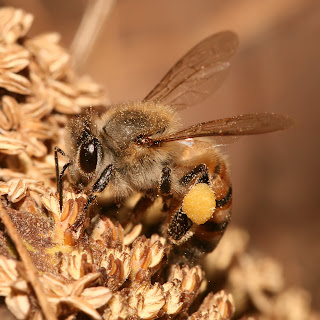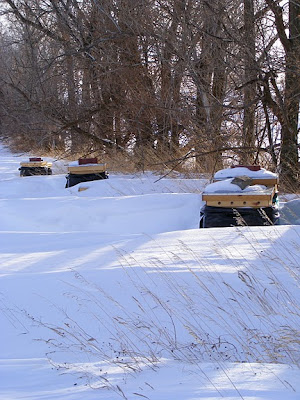bee, honey bees, propolis, honey, bees, bee
Prevention is better than cure.
Learn to recognize healthy brood and bees.
Adopt hygienic practices – do not discard comb & propolis in the apiary or exchange combs.
Try not to squash bees when manipulating a colony.
Avoid robbing and drifting – don’t spill sugar syrup or manipulate late in the season, .
Assume second-hand equipment has contained a diseased colony. Blowlamp wooden parts. Do not use second-hand frames or combs.
Sterilize combs with 80% acetic acid.
Quarantine swarms – check for disease.
Never feed foreign honey or honey of unknown origin.
Consider keeping a separate hive tool and gloves in each apiary.
If in doubt, ask for advice from the
Bee Diseases Officer or an experienced
beekeeper.
Samples can be examined for acarine and nosema by a microscopist. A charge will be made for samples sent to the National
Bee Unit.
Foul Brood must be reported to the National Beekeeping Unit or the
Bee Inspector. Diagnosis of Foul Brood and treatment is free.
Don’t always lament losses. If it is your fault, learn from the experience. Survival of the fittest and Adaptation applies to
bees.



























